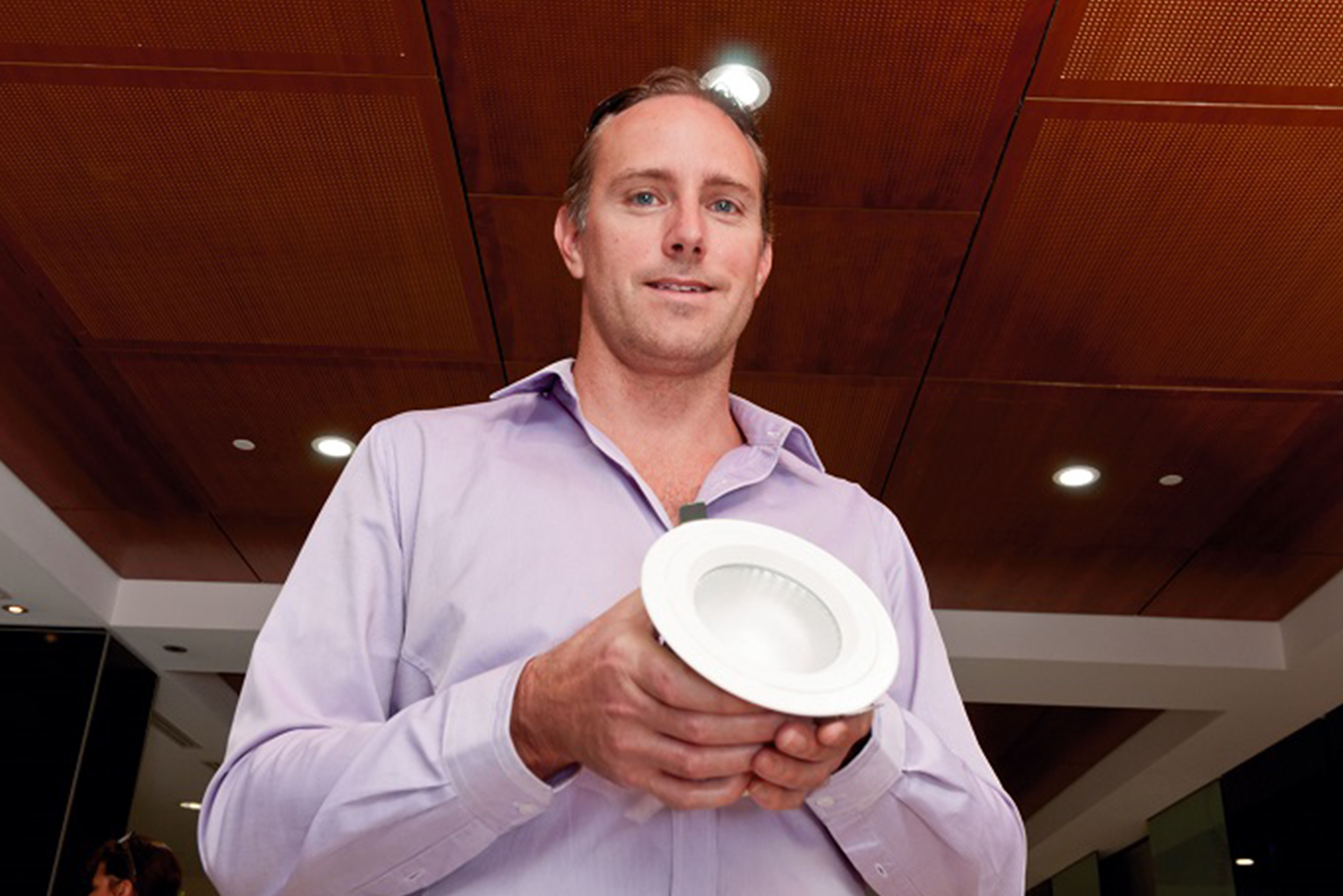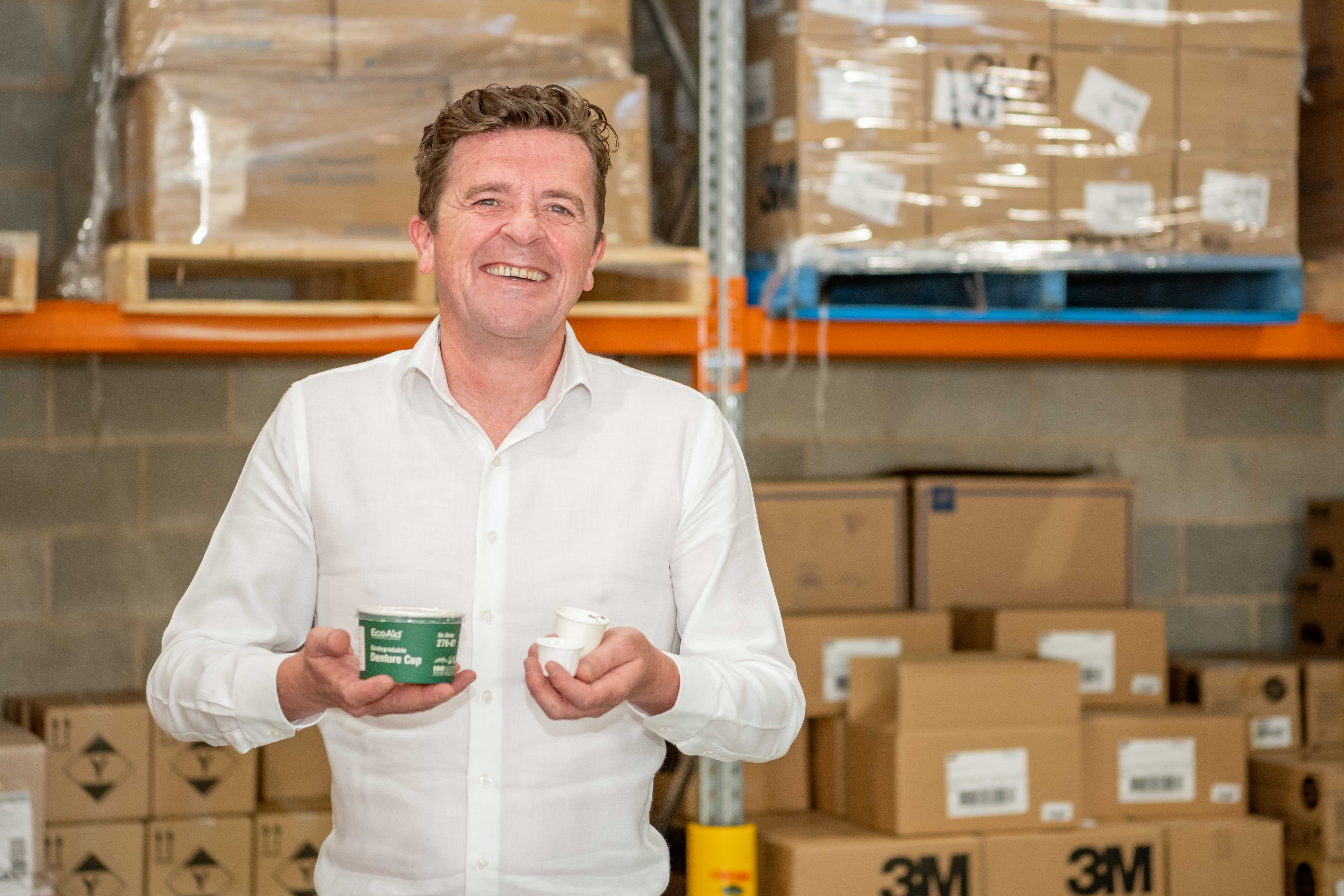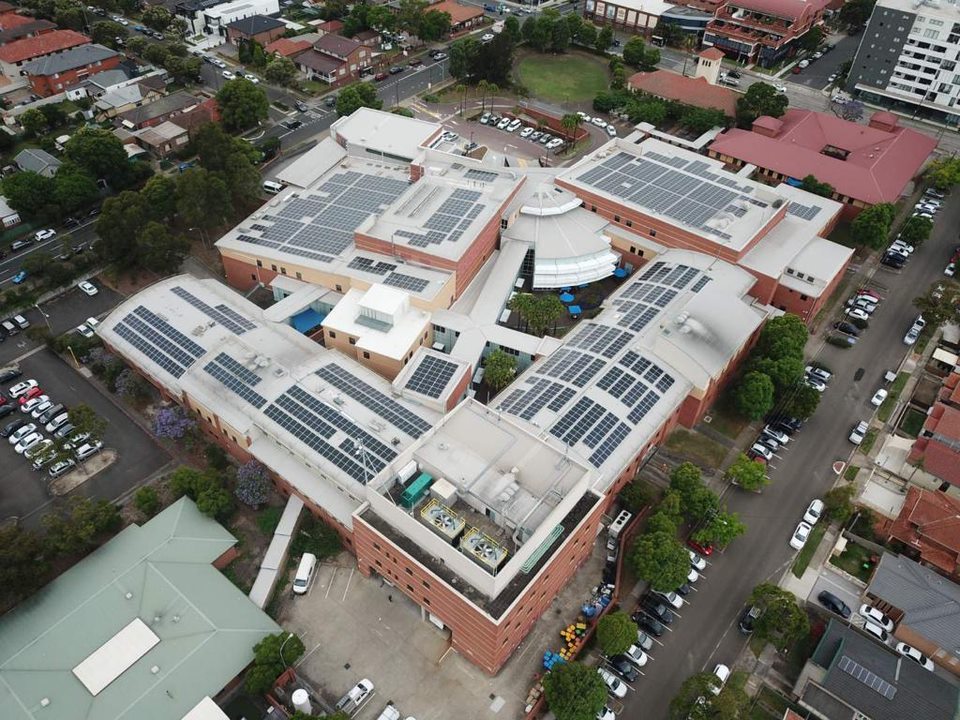Featured projects
Our vision is to be Australia’s cleanest greenest hospital and healthcare service by 2030.
Dialysis Water Recycling
Key focus area: Water

A reverse osmosis water plant has been installed at the Professor Marie Bashir Centre at RPA Hospital. Haemodialysis may expose a patient to more than 300 litres of water per week during the treatment process. The reverse osmosis process generates ‘reject water’ during the predialysis filtration of water before it comes into contact with blood products. This reject water is highly filtered and purified. With around 50 dialysis machines working 10-14 hours per day, that's roughly 1.5 million litres of clean waste water going into our sewerage system. Reverse osmosis water tanks now capture, filter and store 30,000 litres of wastewater per week produced during the reverse osmosis dialysis process. This water is used by the City of Sydney council for cleaning paths and streets.
LED Installations
Key focus area: Energy

Sydney Local Health District continually seeks new ways to reduce energy consumption through technology and facility upgrades. All facilities across the District have undergone significant LED lighting upgrades over the last three years including Concord, Canterbury, RPA, Balmain and Sydney Dental Hospitals and our community health centres at Redfern, Croydon and Marrickville. 2000 fluorescent lights were replaced with energy efficient LEDs at Sydney Dental Hospital. LEDs consume up to 90 per cent less energy than an incandescent light globe, and up to 80 per cent less than a fluorescent light globe. They emit more light, less heat and last up to 10 times longer reducing the amount of landfill and waste produced by our health services. In total 35,000 lights have been replaced across the District.
Sustainable Purchasing
Key focus area: Procurement

Our procurement team has made significant progress in sustainability by transitioning to biodegradable and compostable clinical consumables, including medicine cups, denture cups and pill cups. Data shows the district uses 2,295,000 pill cups, 450,000 medicine cups, 49,400 denture cups, and 12,000 denture cup lids every year. Surgical custom packs used in theatres, have had the single use plastic kidney dishes replaced with biodegradable alternatives. The move has resulted in the district now using 2,806,400 items that are biodegradable, compostable or recyclable each year.
Blister Pack Recycling
Key focus area: Waste and recycling

Concord and Canterbury Hospital pharmacy departments have partnered with Pharmacycle to launch a new waste and recycling program, focusing on the collection and recycling of medication blister packs and metered dose inhalers. Pharmacycle uses specialised technology to separate the plastics and aluminium. After separation both products are granulated and sent to end users for remanufacturing into new products. This reduces the need for the production of virgin plastics and aluminium, and further supports our circular economies.
Blister packs are a challenging waste product because they consist of a combination of plastics, foils and paper foils, making them unsuitable for mainstream recycling processes. This means thousands of kilograms of recyclable waste ends up in landfill every year, which takes hundreds of years to break down.
The Australian Aluminium Council says recycling aluminium saves 95 per cent of the energy necessary to smelt new material from raw bauxite ore. About 75 per cent of all aluminium ever produced is still in circulation today as it can be continually recycled without compromising its quality. Since commencement of the program, over 75,000 blister packs have been recycled. RPA will be joining the program shortly.
Solar Power
Key focus area: Energy

The burning of fossil fuels to heat, cool and power our healthcare facilities is a significant source of greenhouse gas emissions. Our hospitals operate 24 hours a day, seven days a week making them significant consumers of energy and, consequently, significant contributors to our national scope 3 carbon emissions. In Sydney Local Health District we have installed a collection of solar energy systems across our facilities to reduce the impact of our services. Solar systems have been installed at Canterbury Hospital (600kW), Professor Marie Bashir Centre at RPA (100kW), RPA QE2 Building (100kW), Concord Hospital (260kW), RPA Parent and Baby Unit (35kW), Balmain Hospital (40kW), Croydon Health Centre (100kW), Marrickville Health Centre (100kW) and RPA Infusion Centre (60kW).
Plant Propagation
Key focus area: Built environment

Our Sydney Local Health District garden services team have commenced a new Plant Propagation Program at Concord Hospital aimed at mitigating the impact of climate change. Trees, shrubs, succulents, grasses and ground covers are grown from cuttings taken from parent stock for use across the district.
A 10 metre squared polycarbonate greenhouse was purchased and constructed by district gardeners. Shelving was developed from recycled scrap construction materials. The greenhouse has the capacity to propagate up to 2500 cuttings at a time with cuttings taking 6-8 weeks to strike, depending on the type of cutting and species of plant. Once cuttings have taken root, they are repotted into individual pots and moved to the nursery for growth.
The World Health Organisation says urban green spaces support and ‘promote mental and physical health, reduce morbidity and mortality in urban residents by providing psychological relaxation and stress alleviation, stimulating social cohesion, supporting physical activity, and reducing exposure to air pollutants, noise and excessive heat’.

